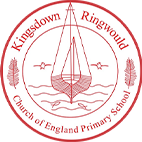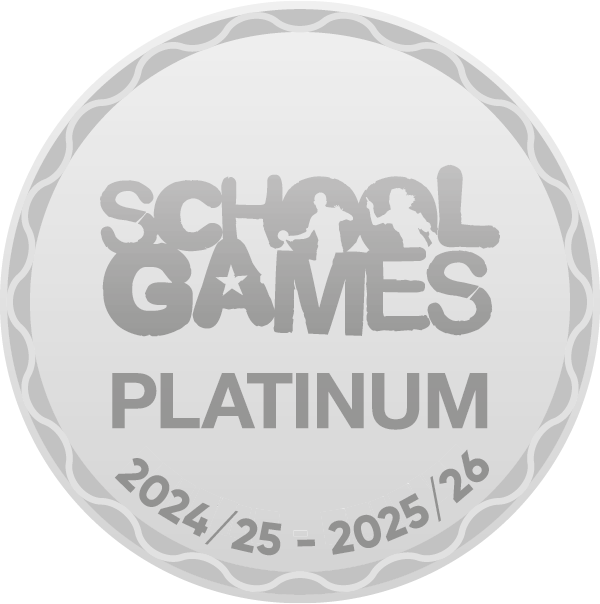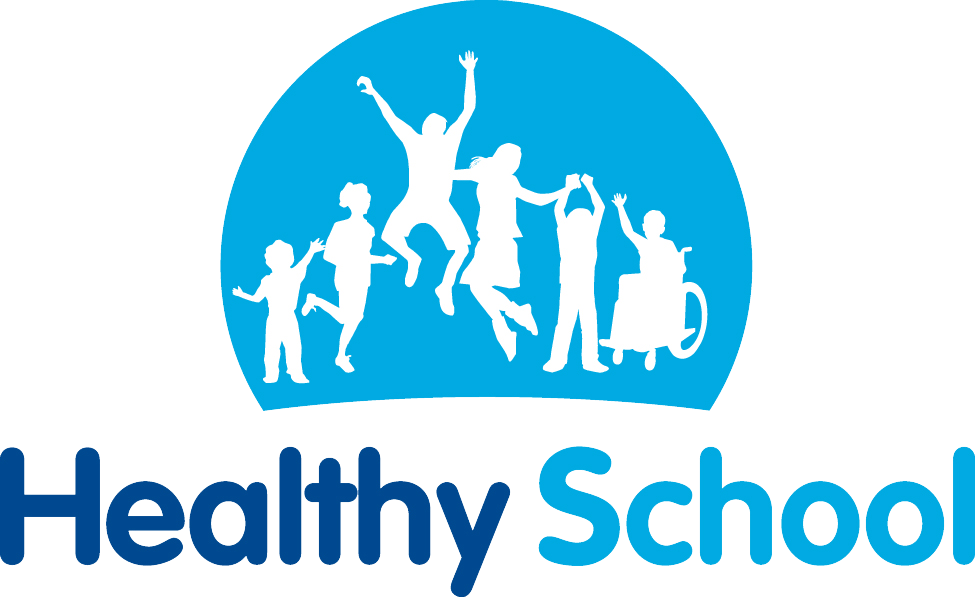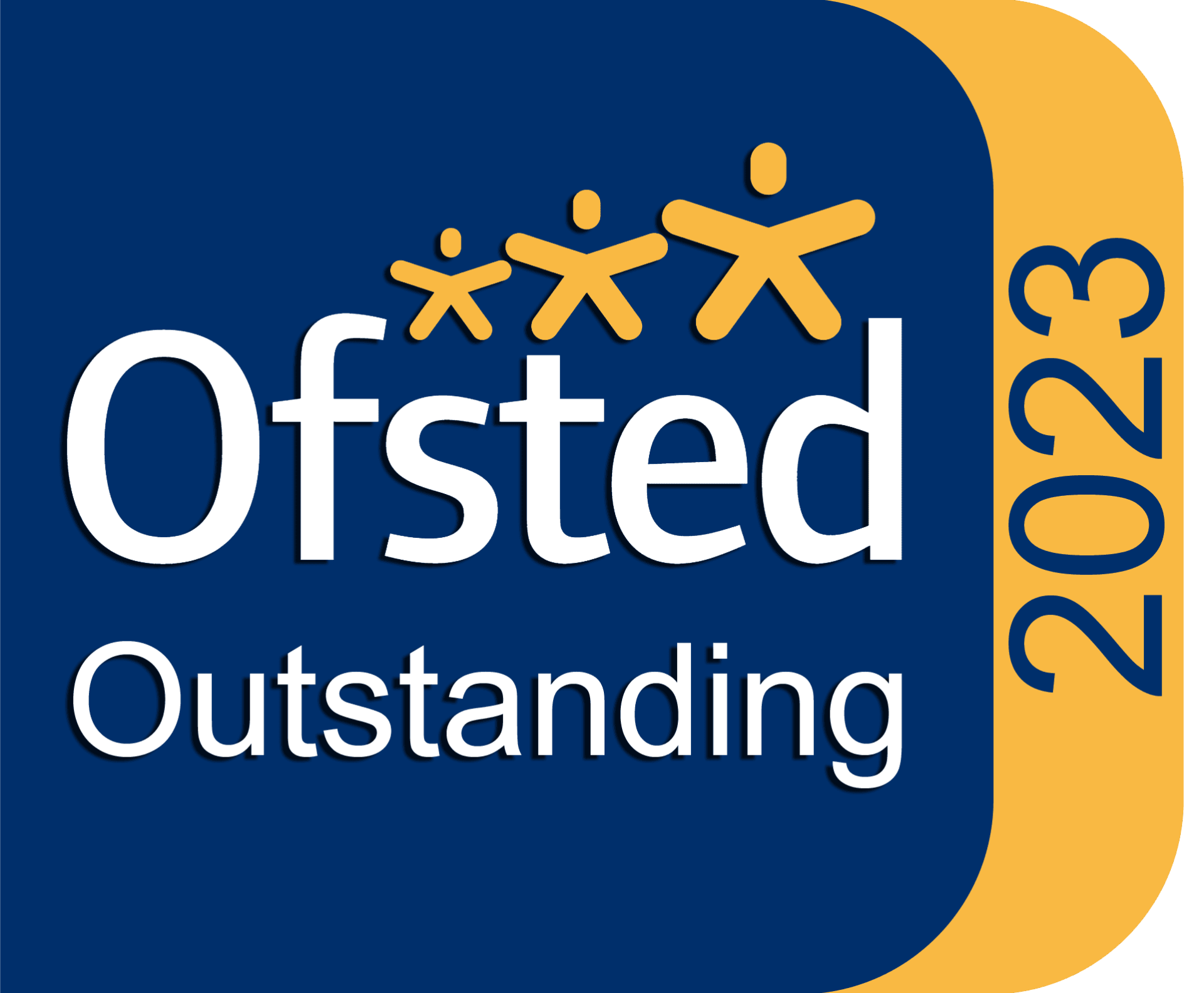English
Curriculum Intent
English has a pre-eminent place in education and in society. A high-quality education in English will teach pupils to speak and write fluently so that they can communicate their ideas and emotions to others, and through their reading and listening, others can communicate with them. Through reading in particular, pupils have a chance to develop culturally, emotionally, intellectually, socially and spiritually. Literature, especially, plays a key role in such development. Reading also enables pupils both to acquire knowledge and to build on what they already know. All the skills of language are essential to participating fully as a member of society; pupils, therefore, who do not learn to speak, read and write fluently and confidently are effectively disenfranchised.
The national curriculum states that:
The overarching aim for English in the national curriculum is to promote high standards of language and literacy by equipping pupils with a strong command of the spoken and written word, and to develop their love of literature through widespread reading for enjoyment. The national curriculum for English aims to ensure that all pupils:
- read easily, fluently and with good understanding
- develop the habit of reading widely and often, for both pleasure and information
- acquire a wide vocabulary, an understanding of grammar and knowledge of linguistic conventions for reading, writing and spoken language
- appreciate our rich and varied literary heritage
- write clearly, accurately and coherently, adapting their language and style in and for a range of contexts, purposes and audiences
- use discussion in order to learn; they should be able to elaborate and explain clearly their understanding and ideas
- are competent in the arts of speaking and listening, making formal presentations, demonstrating to others and participating in debate.
At Kingsdown and Ringwould Primary school, we aim to create a positive reading and writing culture, where both are promoted, loved and considered a pleasure for all pupils. When children leave our school, we expect them to be avid readers, where they read fluently and widely and are able to express their opinions on genres, authors and themes confidently to their peers and others. We want them to read for pleasure, due to having wide access to a range of texts throughout their time at our school, and be able to express their preferences clearly and concisely.
Reading Curriculum Implementation
By choosing high-quality texts, we want pupils to develop a love of reading and to have a good knowledge of a range of authors, be able to explain their preferences of writers and genres, and be able to learn more about the world they live in through the texts they read and the knowledge they gain from reading.
Early Reading
At Kingsdown and Ringwould Primary, we use Little Wandle to help teach our Reception and Year 1 classes begin their reading journey. Through rigorous training, our staff have the expertise and clear expectations in order to ensure that all children become confident readers.
This scheme is a sequenced plan, with systematic and synthetic phonics happening every day, and Guided Reading sessions three times a week.
Through this practice, children are introduced to new sounds when they are ready, and should not come across a word they are unfamiliar with until they are ready and have learned those corresponding sounds. These books are matched carefully and are fully decodable for those children. Through repetition and re-reading, children become confident in their sounds and have more of an understanding of the vocabulary they are using. As well as this, the children learn how to read accurately, with expression and begin to develop comprehension skills. This repetitive reading allows children to read quickly and reduces the amount of stumbling through words they are unsure of.
Assessment is frequent and detailed, with results identifying those children that need targeted support immediately to ensure that they do not fall behind. This ‘Keep Up Support’ is implemented straight away, and these interventions are then reassessed every three weeks to identify any other gaps that may need addressing.
By the time the children reach Year Two, the class should be confident readers, who are able to pick up a range of books and be able to continue their love of reading.
Reading throughout the school
As the children move through the school, reading is still an integral part of their education. We continue to develop their fluency of reading as it is a crucial part to their learning and acquisition of new knowledge and supports their evolving comprehension skills. By having a clear and concrete start to their reading journey, children are able to focus their mind to comprehension and the understanding of what they are reading, as opposed to having to focus on word recognition.
Guided Reading happens four times a week as they move through the school, with class teachers choosing quality texts to share together. Adults in the school model confident reading, ensuring punctuation is emphasised, and children have opportunities to read aloud, and practise their expression and intonation.
In addition to this, children are taught higher level skills when it comes to reading, such as scanning a text. These skills are practised throughout reading sessions, English sessions and other subjects, to encourage children to see this skill as transferable.
In our school we see reading as a high priority, immersing children in a rich reading environment. Classes all have inviting reading areas, where children are able to select their own reading books and have space to calmly read. As well as this, we have a library, with a range of non-fiction, fiction and poetry books available to all children. Reading competitions and events are planned for, to encourage reading and develop the love for a range of genres and authors. Themed weeks are planned around types of books, genres and authors, where books are celebrated.
Writing Curriculum Implementation
Writing is celebrated across the school, and children are immersed in a culture where writing is seen as an enjoyable experience and a purposeful skill. During 'English lessons’, the use of quality differentiated texts is used to teach the core skills in-line with the expectations of the National Curriculum through a combination of approaches/opportunities:
Shared writing
Guided writing
Whole class modelled writing
Independent writing
Writing different text types and narrative styles
Writing across a variety of curriculum areas
Handwriting Practice
Planning, drafting, editing, up-levelling and presenting
Unpicking WAGOLL (What a good one looks like)
Talk 4 Writing approaches
Key Skills
Handwriting
It is paramount that children are rigorously taught correct letter formation from the very beginning of their time in school. From their start here at Kingsdown and Ringwould Primary, the children are taught to sit properly in order to have the correct posture for writing, hold a pencil in the correct position and develop a legible handwriting style. From KS1, the school adopts a cursive handwriting style. Teachers are expected to role model the school’s handwriting style when marking children’s work, writing on the board and on displays around the school.
Spellings
Spellings are taught through phonics sessions in Foundation stage and Year 1. Children from Year 1, are sent home spellings to learn that follow specific spelling patterns and/or rules. These are taught beforehand and then reinforced throughout their time here.
Children are also taught to:
Spell accurately and identify reasons for mis-spellings.
Proof-read their spellings.
Recognise and use word origins, families and roots to build their skills.
Use dictionaries and thesauruses.
Grammar, Punctuation and Vocabulary
Grammar, punctuation and vocabulary skills are taught explicitly during writing lessons and the children identify how authors have used them effectively during their reading lessons. Grammar and punctuation skills are planned and taught using the 2014 National curriculum year group expectations and children are expected to apply their knowledge in their writing.
Curriculum Impact
Assessment criteria has been developed in line with the National Curriculum requirements, and enables us to assess children as they move through each stage of their learning journey. We regularly attend meetings across DEALT to discuss work and share ideas. Books are taken to these meetings, where professionals can have discussions and be challenged about where a child is in their writing journey. Marking is purposeful, ensuring that verbal feedback is given where possible and children are made clearly aware of where they have been successful and where they can be developed.
In our school, we carry out regular and consistent learning walks and book monitoring to measure the impact and assess the implementation of our curriculum. Through our Little Wandle programme, assessments are completed every six weeks and, for some children, are completed every three weeks to ensure that no child is left behind. Children are heard read each week, at least once, by an adult and are formatively assessed throughout the year. Once in Upper Key Stage Two, reading assessments are completed to unpick where there are gaps and plug them as soon as possible.
It is intended that every child in our school travels on their learning journey with a love for reading and writing that will last a lifetime. We are confident that our pupils have developed the knowledge and skills that will help them as they continue on to high school.
If you have any questions about English or Phonics at our school, please do not hesitate to contact me.
Mrs van Poppel
Assistant Head and English Lead
World Book Day Collaborative Story
As a school, we worked together to create our own story. Year R chose the setting, Year 1 chose the characters, Year 2 wrote the opening, year 3 wrote the problem, Year 4 solved the problem, Year 5 wrote the ending and Year 6 edited it! Please enjoy below!
High up in the sky, hidden from the king among the grey clouds, lay a gargantuan mountain of a castle peeking over the world. This construction was made of vibranium and embedded with steel. In this fortress lived a petrifying giant, who was in charge of the dark, gloomy dungeons. Each dungeon was a disfigured, sub-zero cage with nothing but a slate of stone to sleep on and a bucket for a toilet. Gliding down the corridors were white, creepy translucent ghosts. There were also guards wielding spears to stop anyone escaping, including Princess Rainbow, who was next in line for the throne, and a threat to the giant’s clutch over the empire.
Although the Princess had not intended to get locked in a cell, she discovered that this was an ingenuous way of gaining more information about the giant. After the tragic loss of Jack, her spy mission was to monitor the huge beast to prevent the destruction of the human world. However, she knew she only had a week to do this because she suspected the giant had hidden a bomb somewhere unknown. The question was, how would she escape?
As the ghostly guards drifted by, the Princess reached for the key that dangled from the waist of the guard. As quiet as a mouse, she lifted the rusty iron key from him. It slipped slightly from her panicked hand, but she finally had it in her grasp and she breathed a sigh of relief. It was now time to wait for the perfect opportunity.
As the guards left for their ritual, the Princess dashed to the great, iron bars that towered over her. Her hands were shaking but she managed to slip the key into the lock. She turned it with all her might until she heard the heavy click of the lock; the creaky door swung open. She didn’t know where she was going, but she knew she had to move quickly. Sneaking rapidly through the shadows, she saw a crack of daylight ahead of her.
As she ran forwards she tripped over her feet in excitement; she was about to complete her mission! Quietly, she opened the polished gold door and saw a terrifying sight: six, colossal, deadly bombs encased in vibranium. The Princess stood in awe, she had no idea how to get to the bombs in order to defuse them. Suddenly, her heart crumbled, her body started to shake and she struggled to breathe – she saw Jack chained up inside one of the lethal bombs. So, he wasn’t dead after all…
Her body weak with shock, she ran forward, determined to save her friend. In her peripheral vision, she saw a reflective suit glimmering in the vibranium’s light. Upon putting it on she noticed the suit absorbed the poisonous metal’s power. Using pure force, she ripped Jack from the bomb; he fell into her arms, entirely unconscious.
Noticing a crack in the vibranium-encased wall, she kicked out as hard as she could, causing the crack to expand and spit out toxic waste. She reeled back; the stench was severe. But it wasn’t just the waste – the giant stood tall before her: ugly, one-eyed and blood-thirsty. Without gathering her thoughts, she sprinted, with Jack on her back, for the golden door, slamming it behind her.
An enormous bang shook the entire building, the floor started to crumble beneath them. Explosions surrounded her, the inferno tickled her arms. She squeezed her eyes shut as tight as possible, and opened them, squinting in the daylight. Jack lay beside her. They were home, safe on the human world, at last.
English Reading Progression of Skills
English Writing Progression of Skills
What writing at Kingsdown and Ringwould looks like
/docs/Year_3-6_Spellings.pdfWhat reading at Kingsdown and Ringwould looks like
/docs/Ways_of_practising_spellings_for_website_.zip

 Kingsdown & Ringwould
Kingsdown & Ringwould




